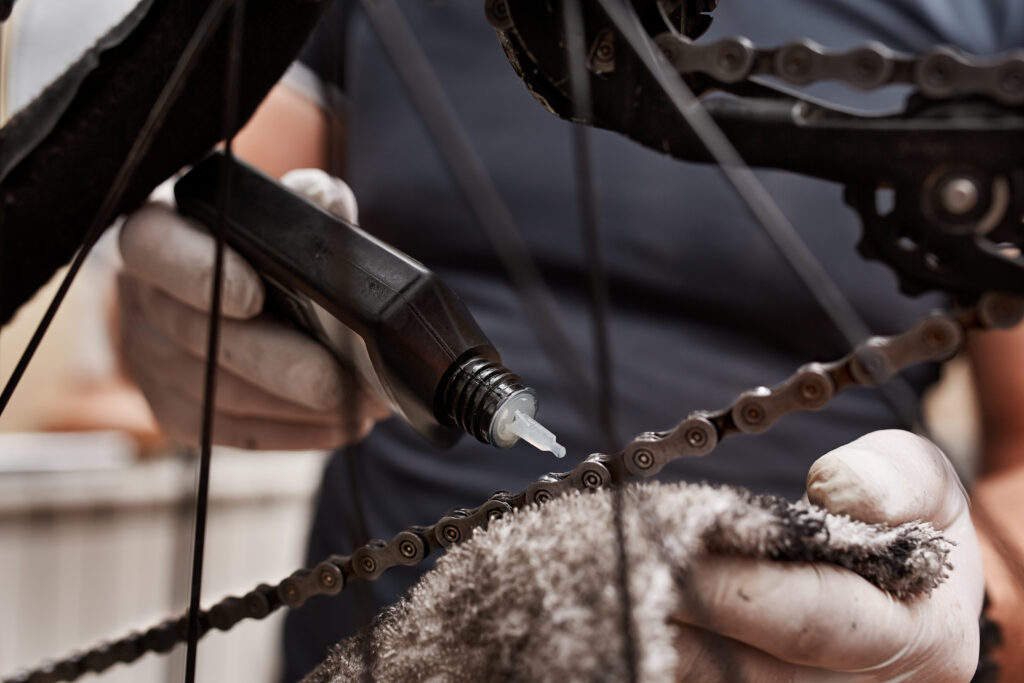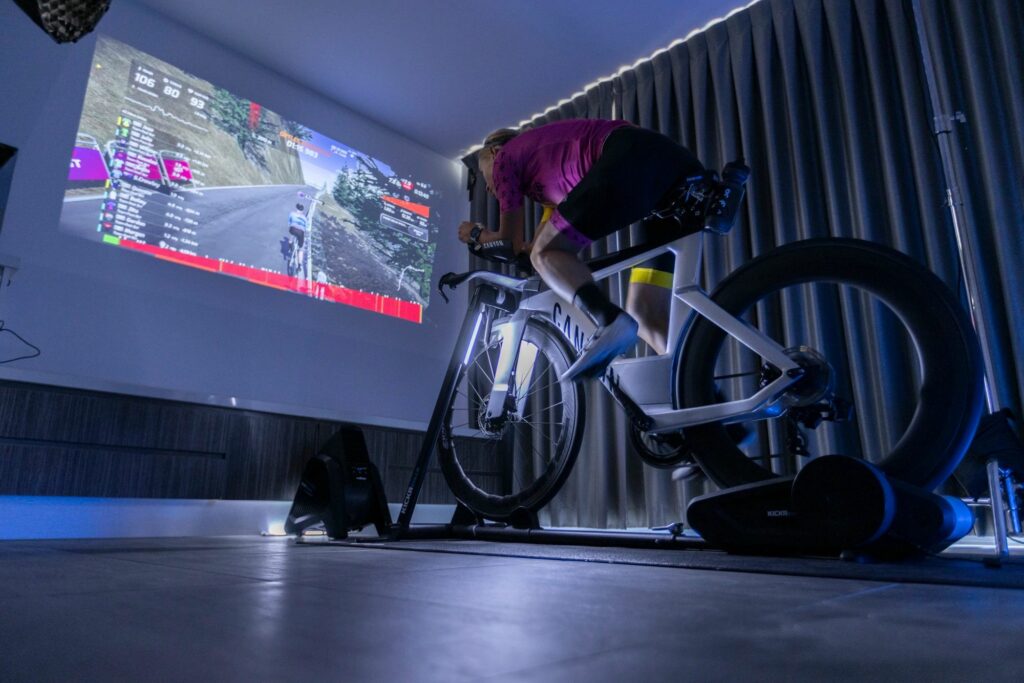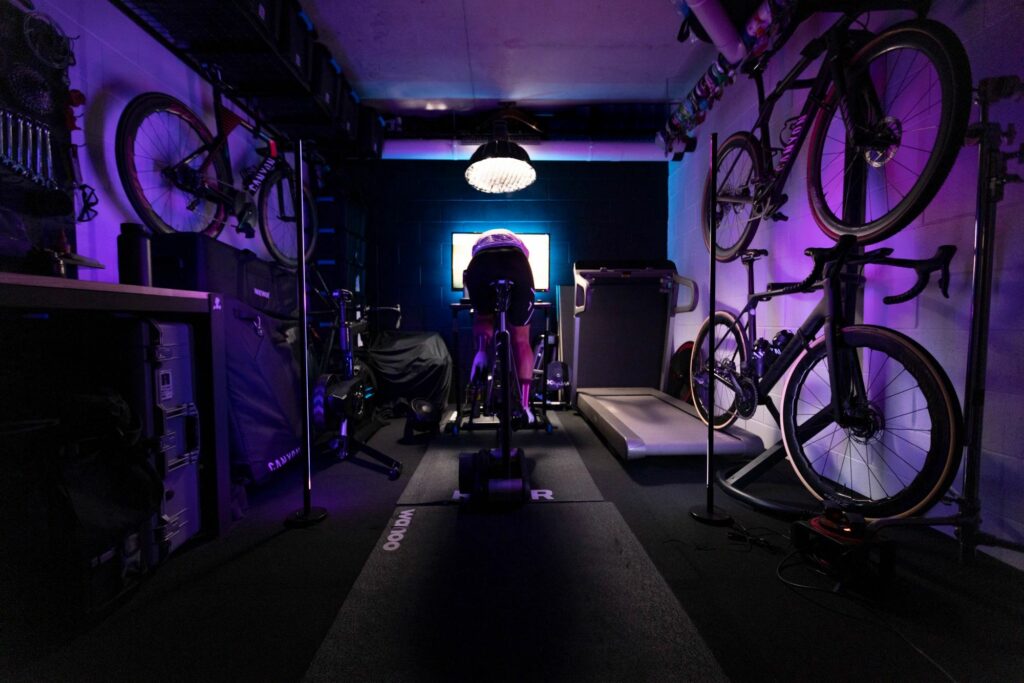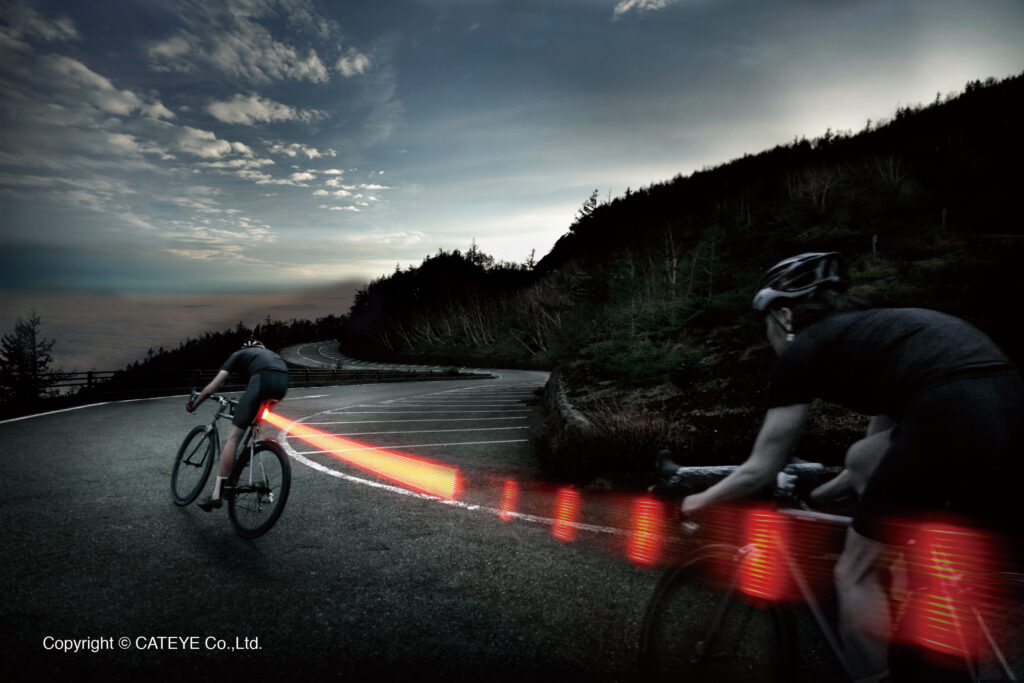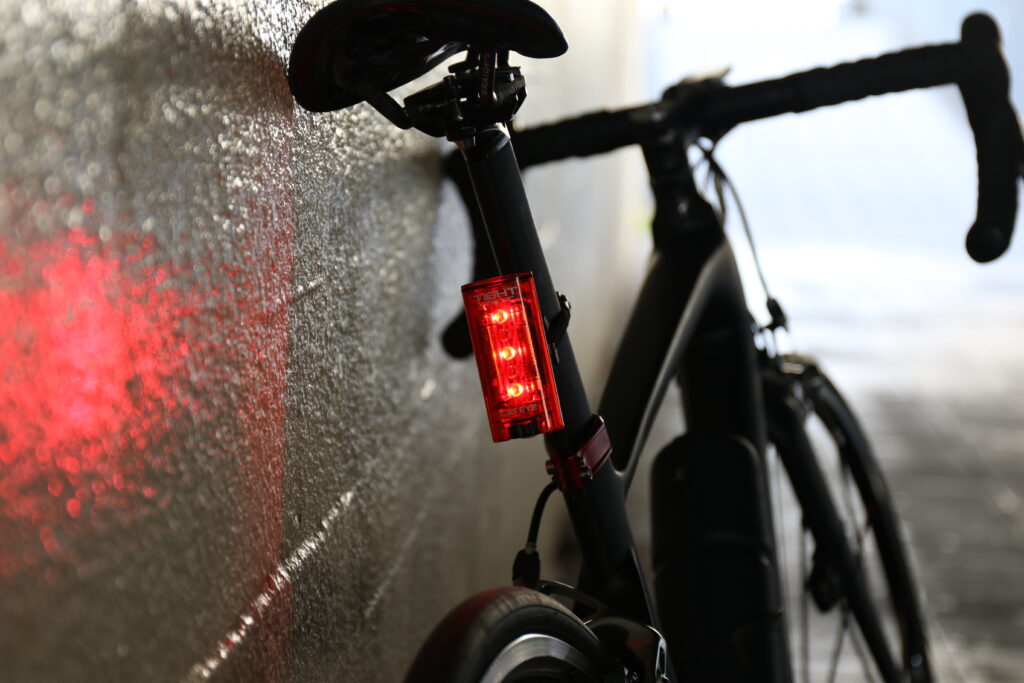Not sure about taking your cycling indoors? Let us help you work it out.
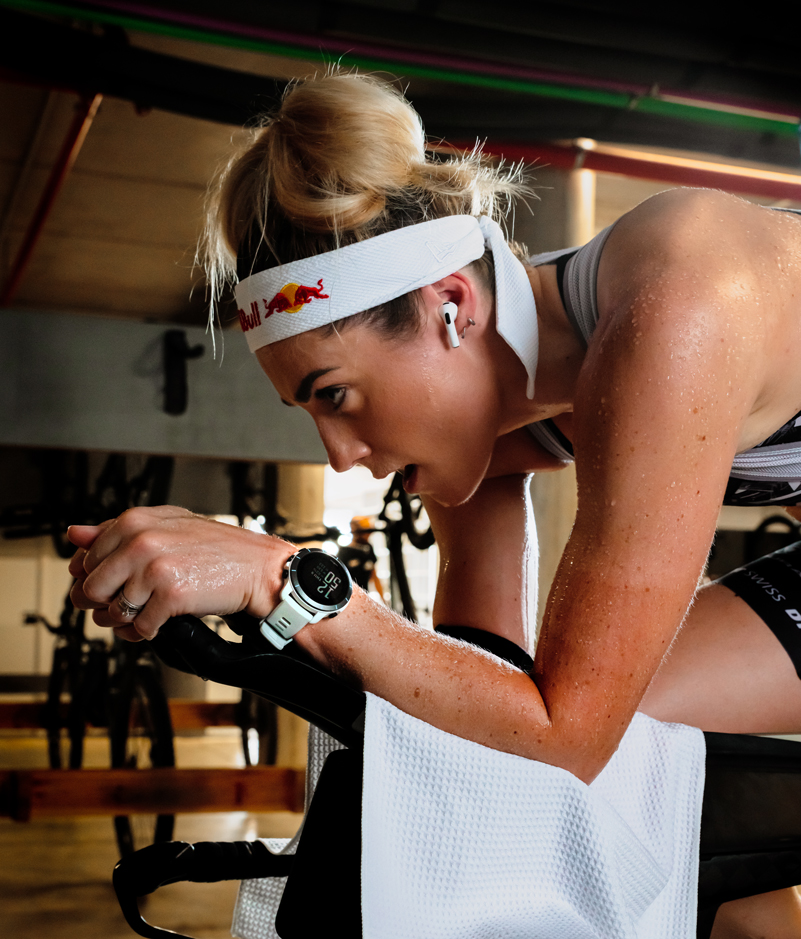
The shift to colder and darker weather in October can make outdoor cycling less enticing for many riders. Indoor cycling can be a great alternative during this time of the year, as it allows cyclists to continue their training or exercise routine in the comfort and safety of their own homes or gyms. Indoor cycling also offers the convenience of being able to ride regardless of the weather conditions outside.
There are several benefits to indoor cycling. Firstly, it provides a controlled and consistent environment, which can be especially advantageous for those looking to track their progress or engage in structured training sessions. Additionally, indoor cycling can be a more time-efficient option, as it eliminates the need for travel time and allows for easily adjustable workout durations.
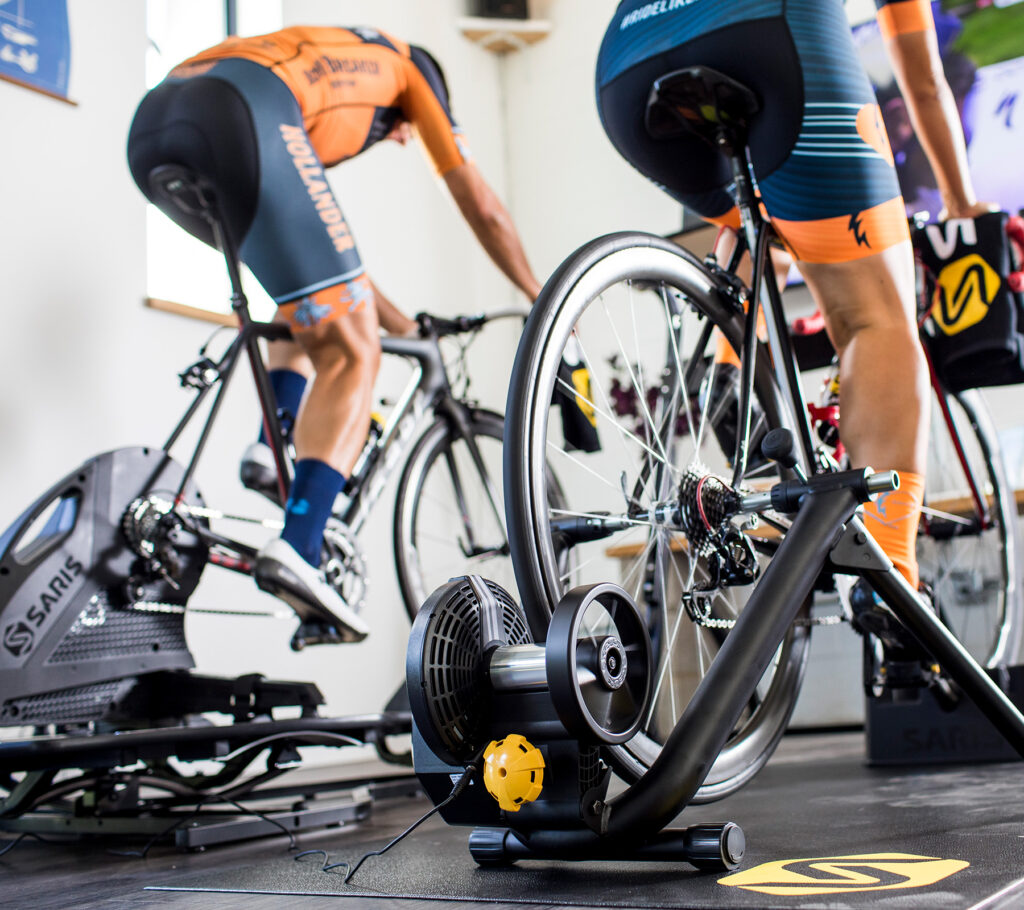
To get started with indoor cycling, you can either invest in a stationary bike or use a regular bike with a trainer or roller setup. There are also various indoor cycling classes and virtual training platforms available that provide structured workouts, coaching, and a sense of community.
Remember, it’s always important to stay motivated and maintain proper form and technique while cycling, whether indoors or outdoors. Make sure to set goals, mix up your workouts, and listen to your body to optimize your indoor cycling experience during the colder months.
3 reasons why indoor cycle training is better than going outside:
- It’s easier on your health and body
- You can train anytime, and getting ready takes a fraction of the time
- You can focus on specific goals, like improving your power output or pedaling technique
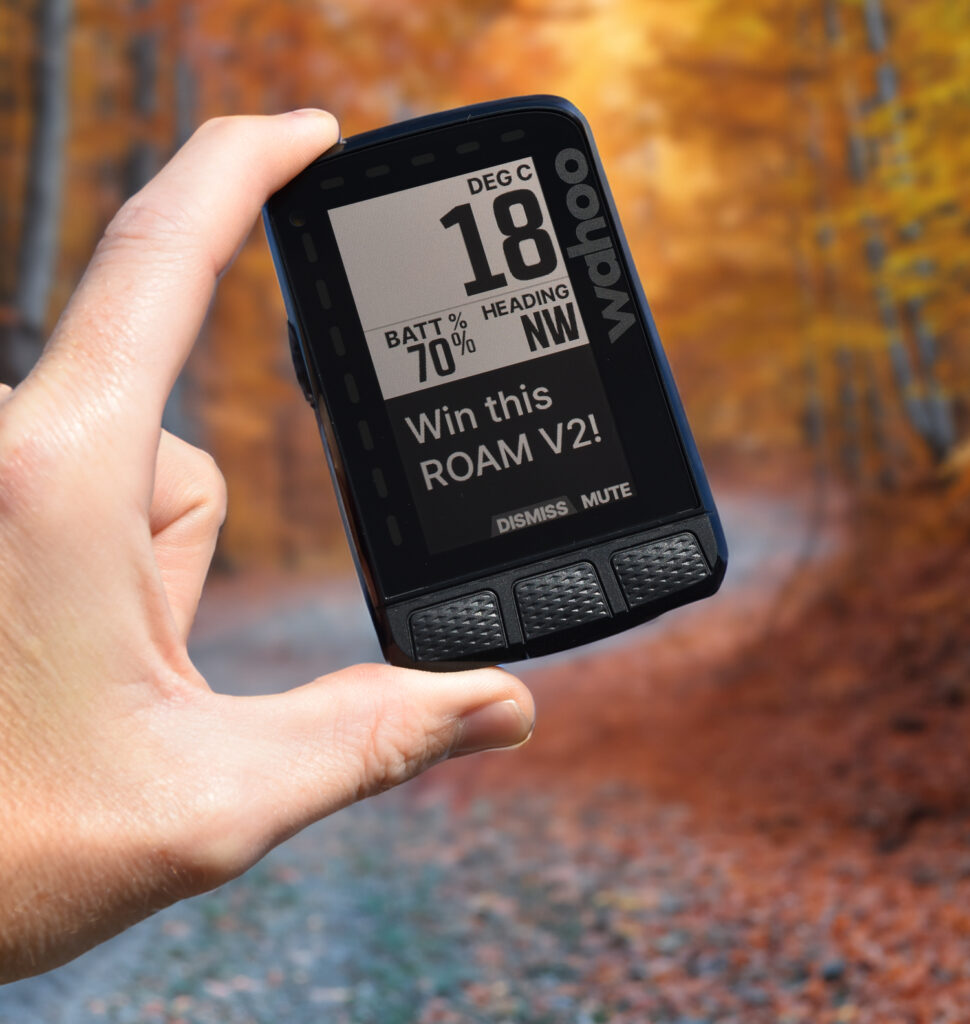
Kick off your indoor training: Buy a Wahoo KICKR CORE and you’ll be in with a chance to win a free Wahoo ROAM V2 GPS Computer!
How long does it take to get ready for a session?
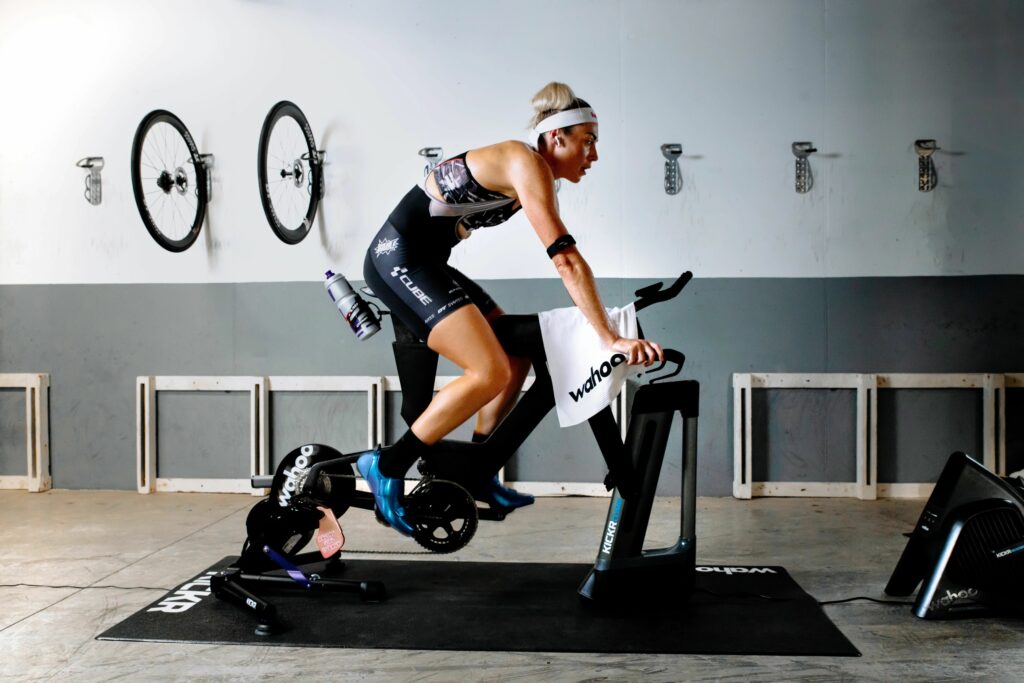
INDOOR:
The time it takes to prepare for a ride is crucial for cyclists, as it impacts the overall time allotted for the ride. Given our busy lifestyles, allocating an additional 30 minutes to get ready is a luxury that many cannot afford. However, if you have dedicated yourself to indoor cycling during winter and have the space to keep your bike set up on the indoor trainer, the preparation time is no longer than that of a typical summer ride. The bike will be ready to go, and the required gear is as simple as a jersey, shorts, and powering up a laptop to run your preferred training app.
OUTSIDE:
If you’re planning to go for a night ride, the preparation time required will be longer compared to riding in the summer. Selecting the appropriate layers for the weather, adjusting overshoes, and ensuring lights are charged and properly installed all contribute to a more time-consuming pre-ride routine. It’s important to be conscious of this if you have a tight schedule, as it can easily cut into your valuable riding time.
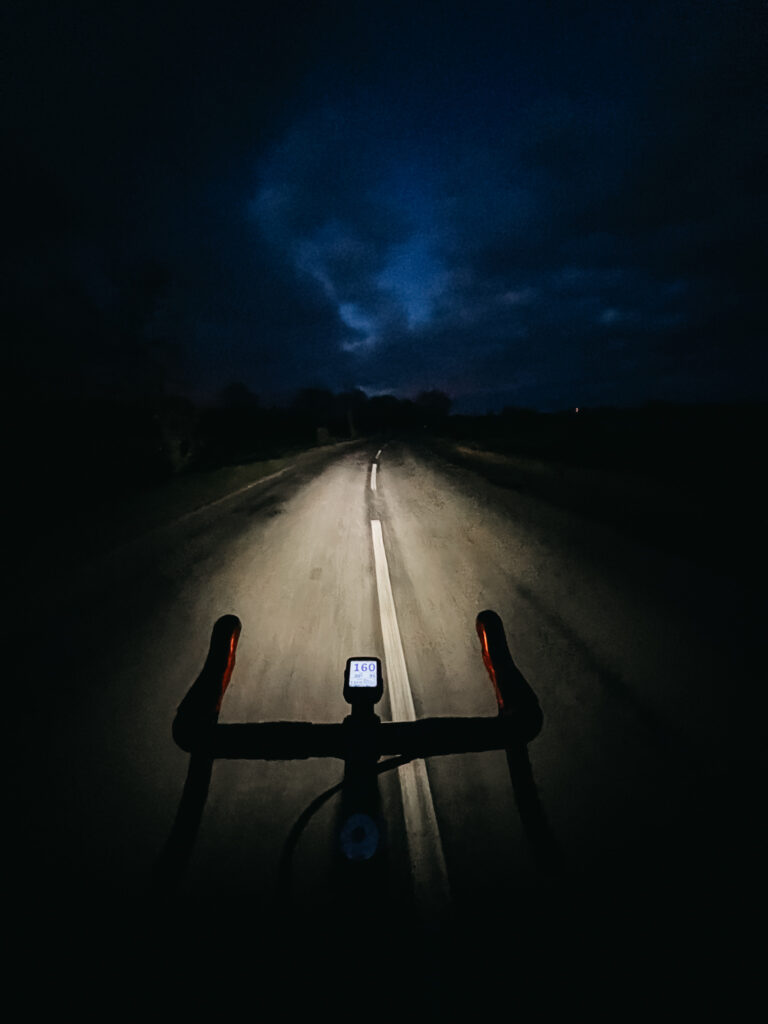
Why ride outside?
- Riding outside exposes riders to fresh air and natural surroundings, which can enhance the enjoyment and mental well-being of the ride
- It allows you to explore new routes, which adds excitement and novelty to the experience, with normal boring roads looking and feeling different at night
- You’ll find that outdoor riding at night allows for a more realistic and dynamic riding experience, with more varied terrain and chances to improve bike handling in different conditions
Riding at night: Keep it safe
Riding at night can be significantly more daunting compared to riding during the day. Not only are you faced with the challenge of riding in the dark with limited visibility for both yourself and others around you, but there is also the possibility of encountering unfavorable weather conditions that are more prevalent during this time of year. Clothing that has reflectivity built into the design, or at a minimum reflective trim, will really help you be visible to traffic headlights from front and rear.
If you are new to nighttime riding, it is highly recommended to invest in high-quality, reliable lights. These lights not only enhance your visibility but also boost your confidence while riding on the road. Consider these measures will contribute to a safer and more enjoyable nighttime riding experience!
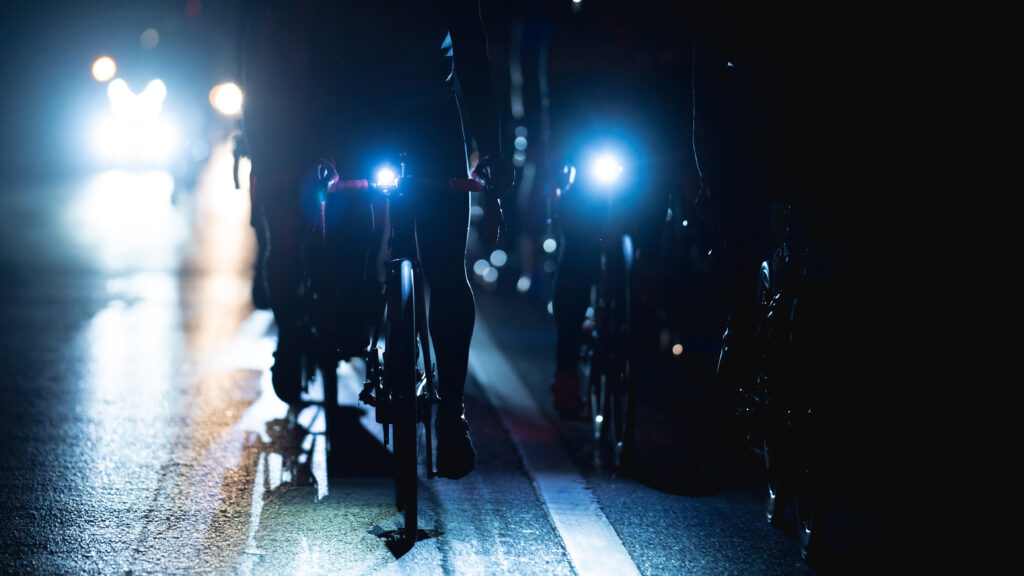
The balancing act: Cost
Turbo Trainer vs Deep Winter jacket. High-powered fan vs Waterproof overshoes. App-friendly tablet or computer vs High-powered Bike lights.
Determining the cost difference between indoor and outdoor riding is not as straightforward as you’d think and largely depends on your existing equipment and budgetary preferences. Either way, continuing to exercise when the temperatures drop could be an expensive rabbit hole to fall down.
Indoor
To create a fully engaging and interactive indoor training setup, several key components are essential. First and foremost, you will need a smart trainer capable of connecting to a virtual training app, like Zwift. Additionally, a training platform and a high-powered fan are crucial to enhance your experience, there’s nothing worse than overheating on a stationary trainer.
Outdoor
Riding once the sun has dropped introduces further problems. With it generally being the coldest part of the day you’ll need more layers or high-quality garments and fabrics to deal with those conditions, meaning greater cost. On top of that add the price of a set of decent lights to make sure you can see and be seen.
This is all without mentioning the toll that outside winter riding can take on your bike.
Wwinter conditions mean added rain, grit, salt and whatever else the weather throws at you causing your drivetrain component increased wear and will require regular maintenance.
Indoor Cycling – The Benefits.
Using virtual training programs like Zwift, or others like Trainer Road, offers a whole heap of options to keep you stimulated, motivated, and chasing those precious performance improvements.
Functions such as ERG training, which holds you at a fixed output regardless of gear or cadence, can create a controlled environment ideal for simulating the demands of a target event.
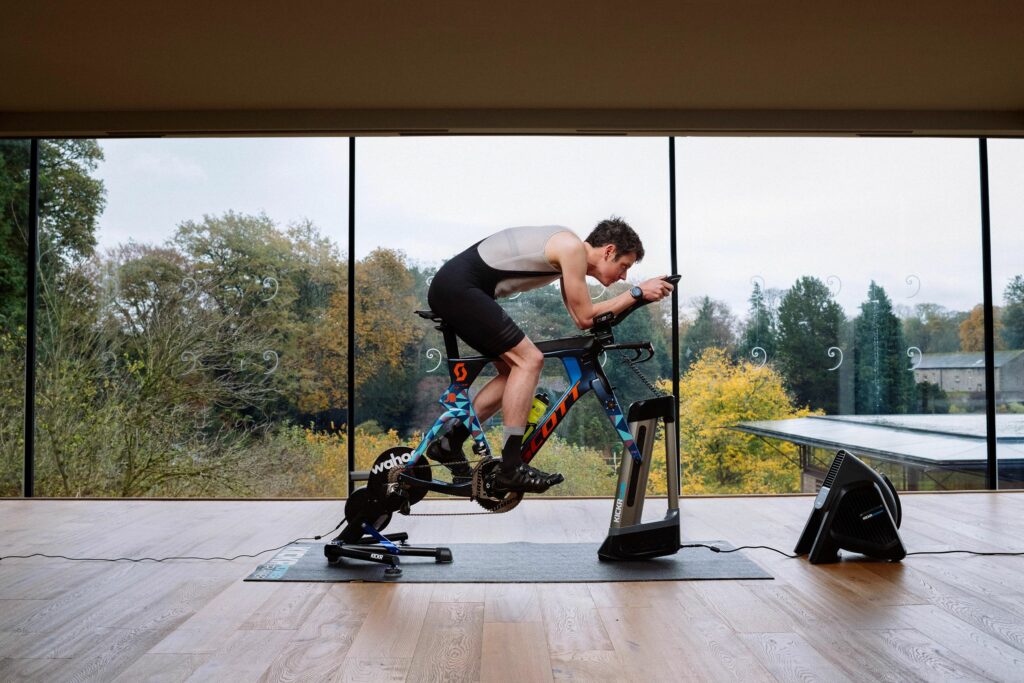
Virtual racing is also another way you can get stuck into some intensity from the ‘comfort’ of your own pain cave, with platforms such as Whoosh which offer some rather lucrative prize money in their top-tier racing. This style is more likely to appeal to those of you who have a competitive nature, having you dig deeper than you would be yourself.
Indoor Cycling – The Drawbacks
There’s no beating around the bush, you’re still pedalling a stationary bike in your garage or spare room, no matter how glamorous your setup is. When engaging in indoor cycling, it can be disheartening to realise that you are pedaling in one place, essentially going nowhere… Many individuals struggle with maintaining motivation in this scenario as there is no thrill from navigating turns or conquering challenging inclines that can distract from the physical effort and discomfort.
Outdoor Cycling – The Benefits
As the saying goes, ‘there is nowhere to hide’ when riding outdoors. Opting for a hilly route ensures that you must give it your all, irrespective of your initial motivation. Confronting challenging terrain and contending with headwinds will result in a rewarding session, even when lacking motivation.
As mentioned previously, riding in low-light conditions where everything comes at you quicker, can enhance your bike handling skills and improve decision-making. Worthwhile benefits to think about when comparing your winter riding options!
Outdoor Cycling – The Drawbacks
Winter riding is often synonymous with unfavorable weather conditions. It is inevitable that a significant portion of your rides will be affected by inclement weather, and there may be days when outdoor riding is simply not feasible. Snow, ice, and fog pose significant challenges, particularly when riding at night.
You also can’t avoid the cost factor here, taking us back to the comparisons in cost. Winter proves to be a demanding season for your bike, eating through consumables, potentially leading to costly repairs and visits to one of our workshops!
Conclusion:
Well, after all that has been said and done, there’s not necessarily a clear winner. Surprising no?
Probably the best option is to have both options available. The natural benefits of riding outside can outweigh the benefits of just sticking to the turbo trainer throughout those winter evenings and can be a handy tool to break up those indoor cycling sessions.
If you must choose only one, it should be the method that you find most enjoyable and accessible. Whether you prefer indoor or outdoor training, the ultimate decision should revolve around which option allows you to maintain a consistent training routine throughout the winter season.
My Top Tip here would be to have whichever method you have decided on, ready to go as soon as you get home from work or travel. Whether this is outside winter kit pre-laid out, or easy to access, along with fully charged lights on your bike. Or, your bike is already stationed on your turbo trainer with your laptop or tablet device not far away.
Creating as few barriers as possible to achieve that winter consistency, no matter if this is indoors or outdoors, is the key to staying motivated and completing your workouts.




